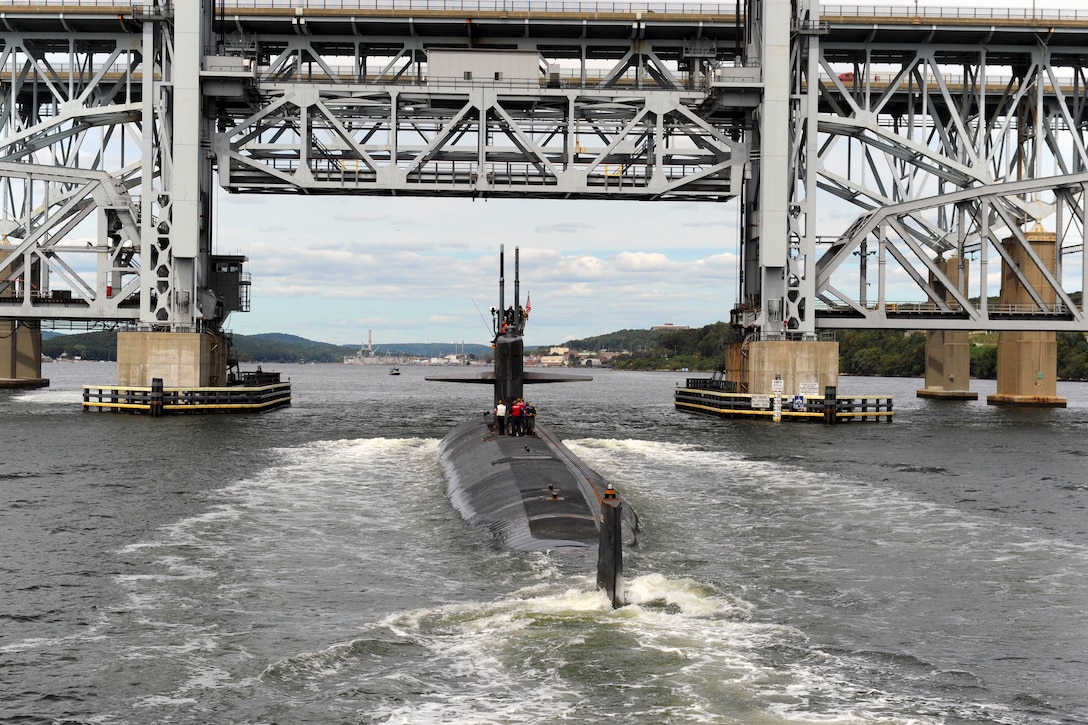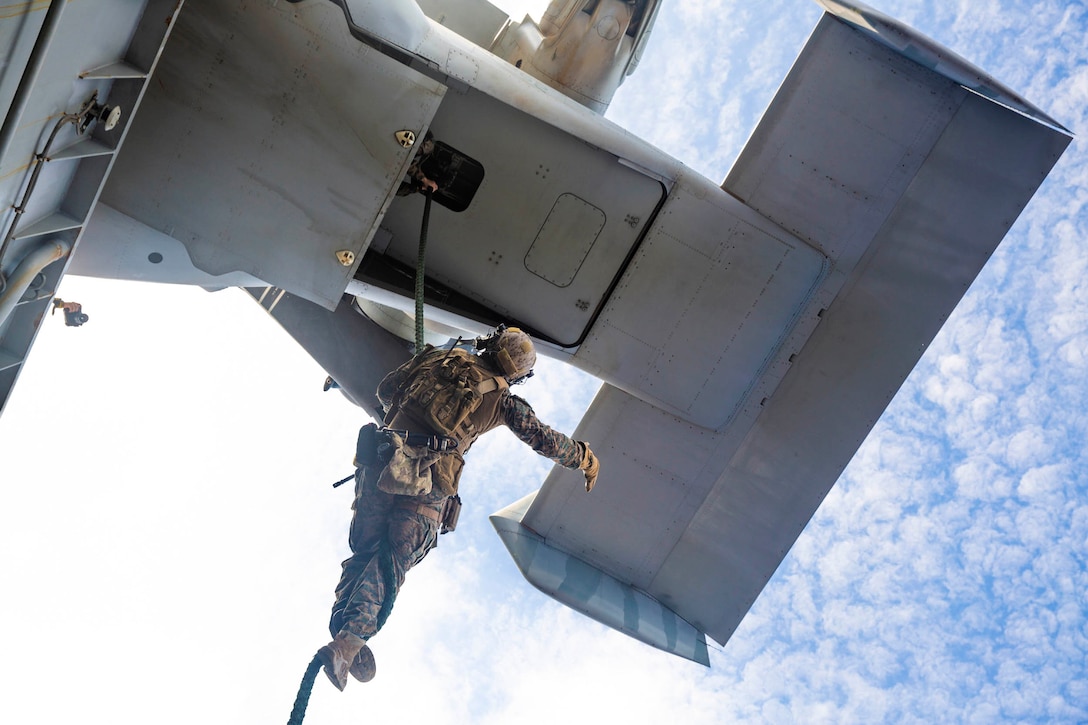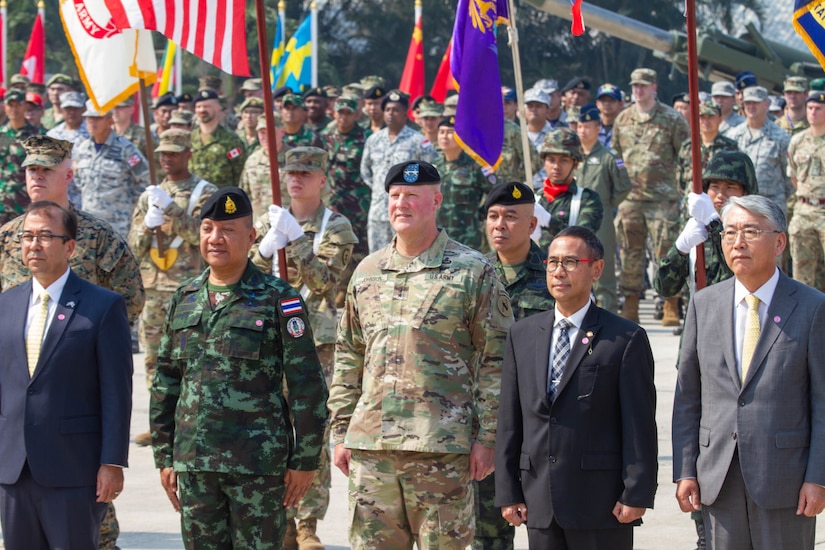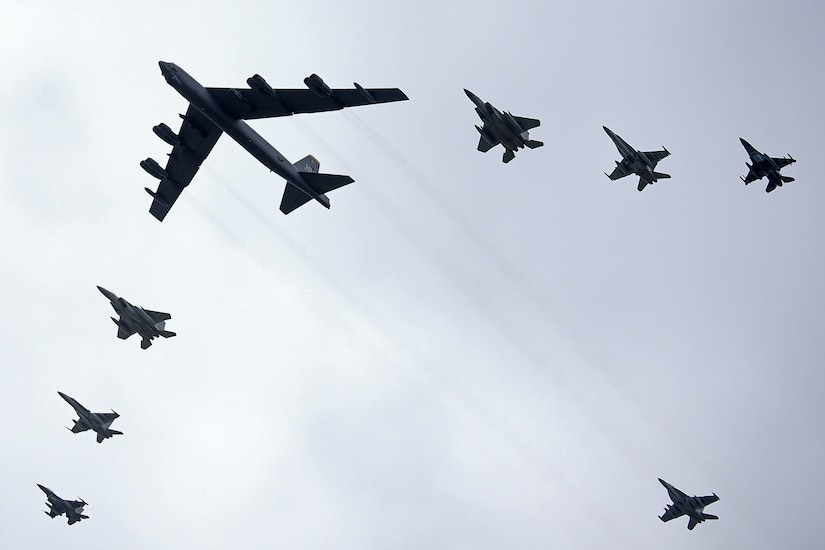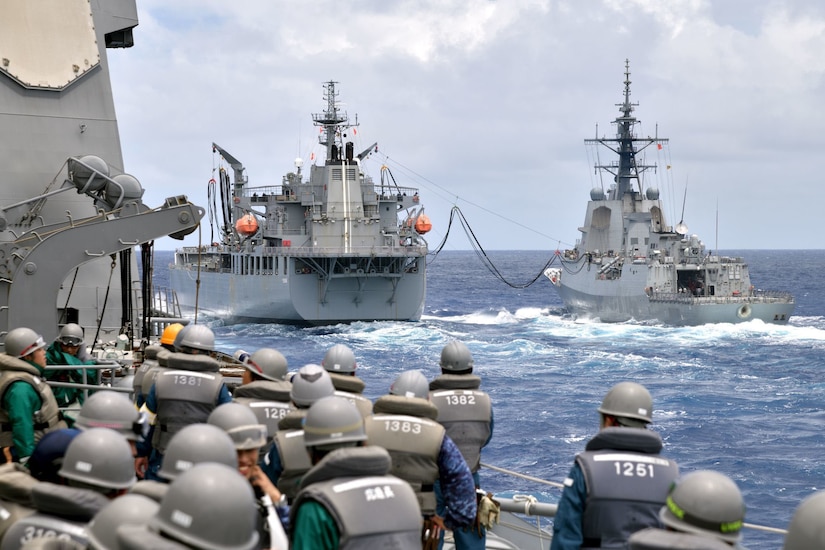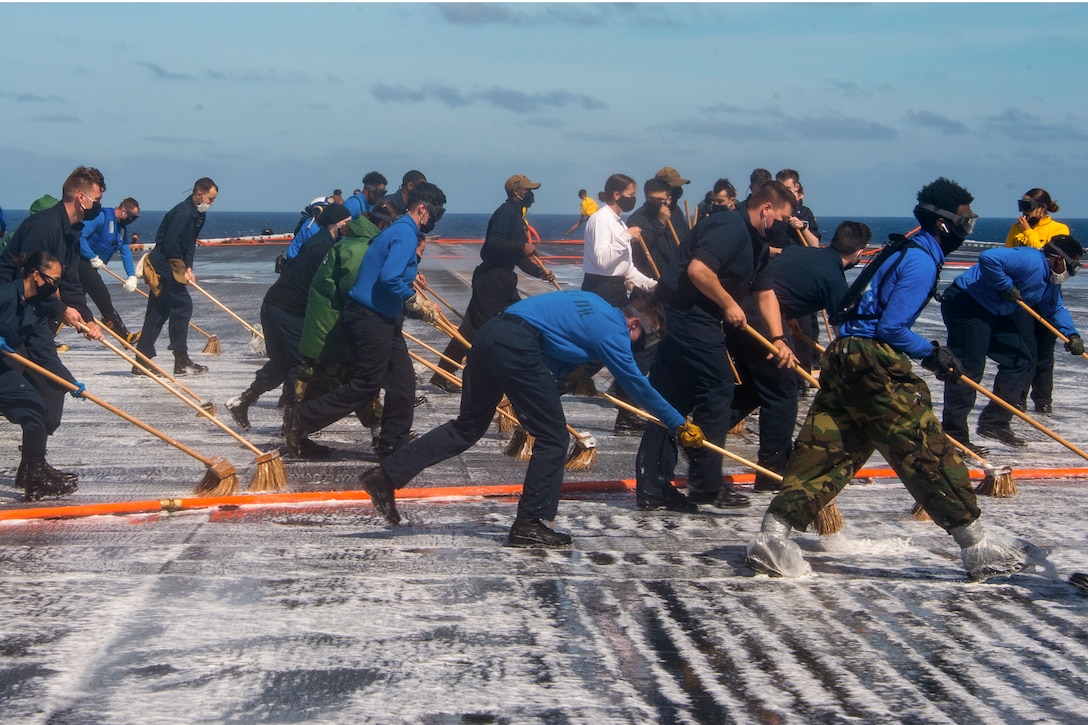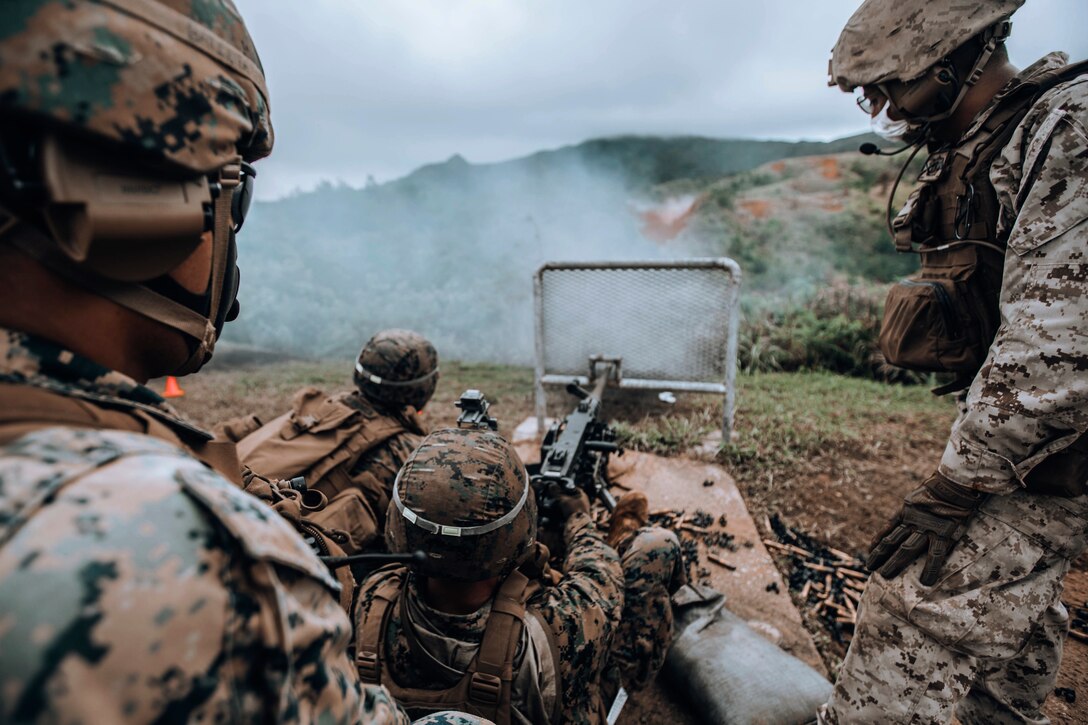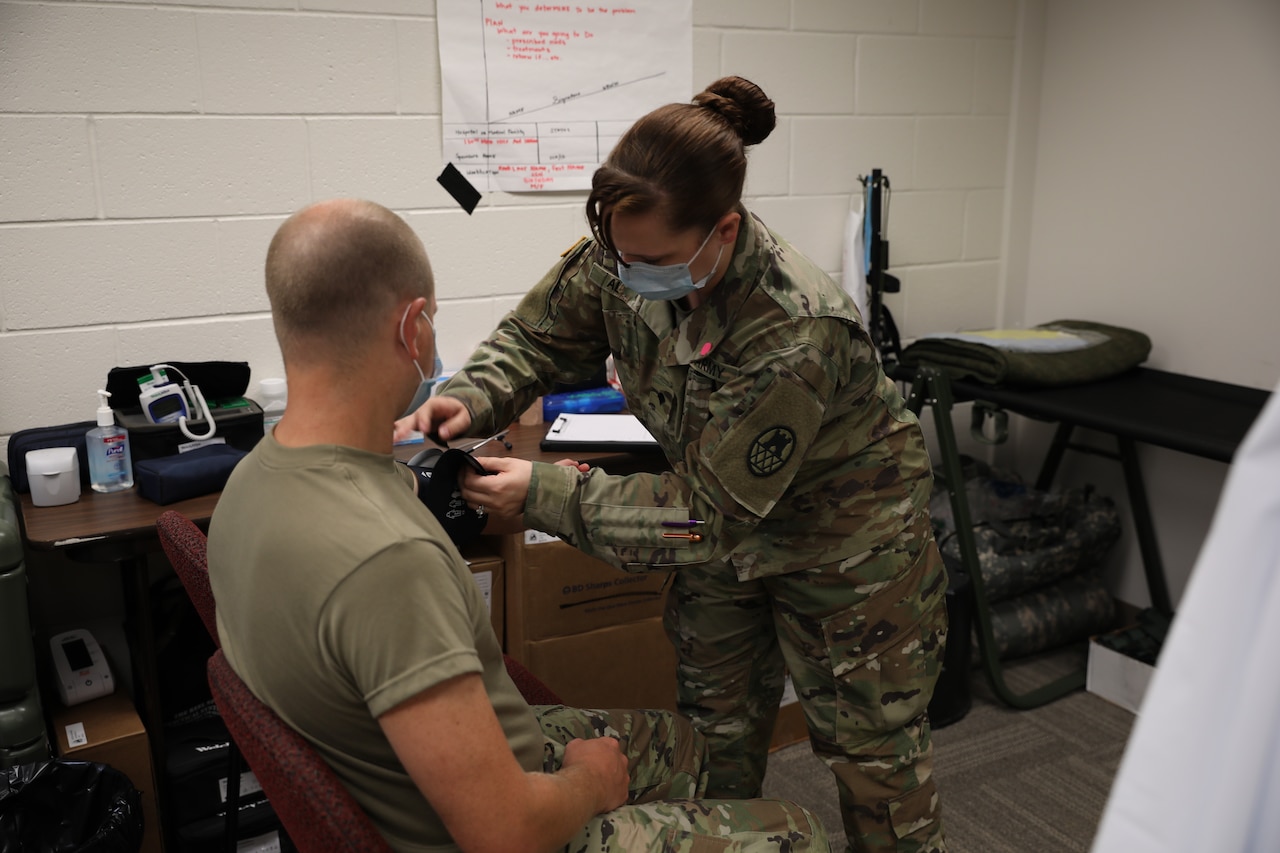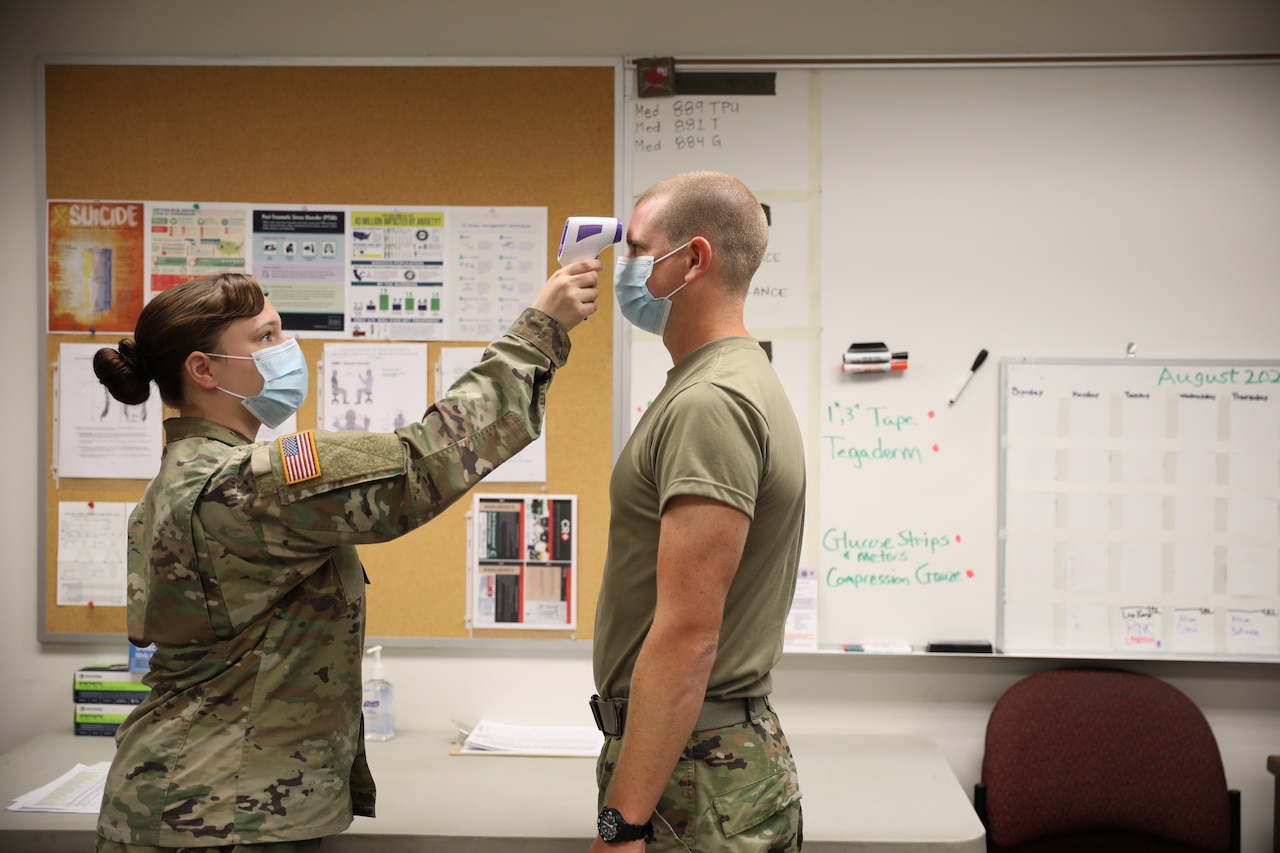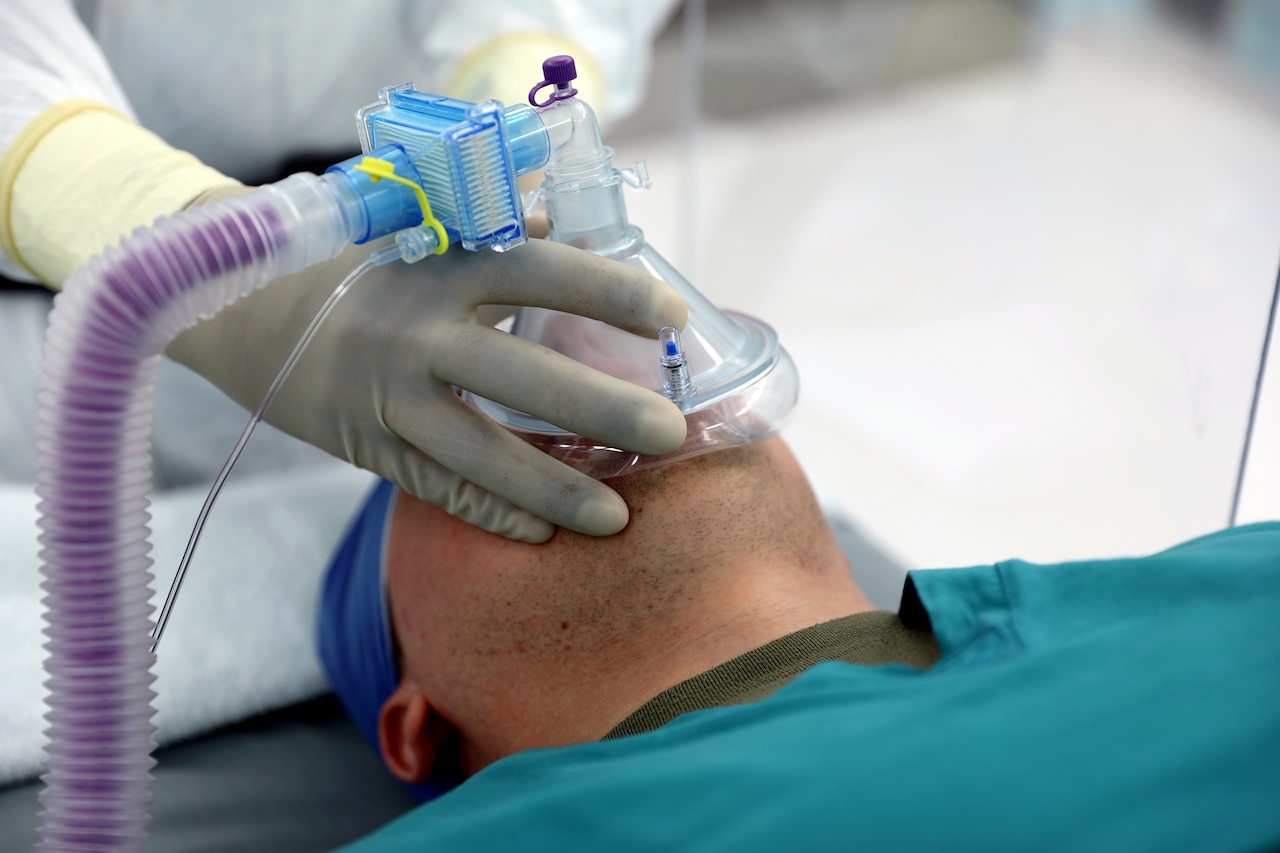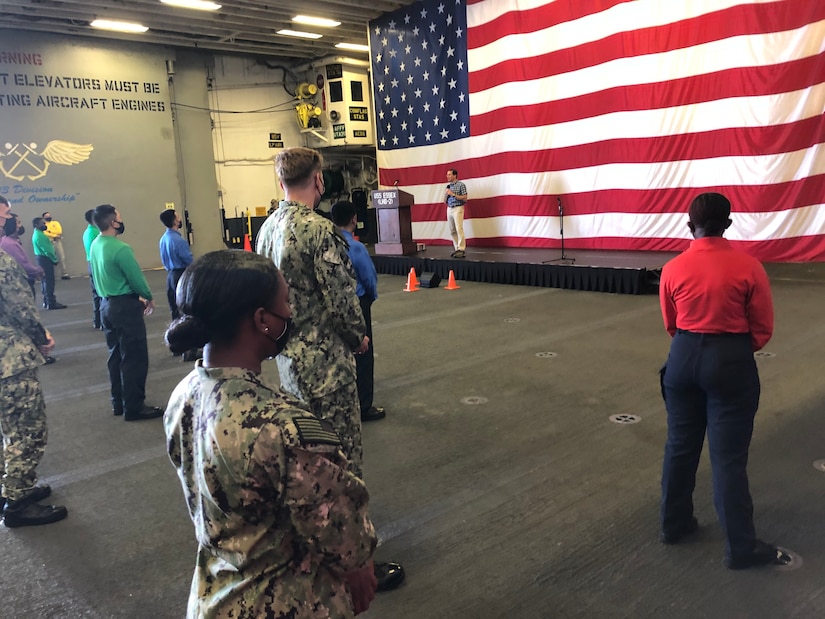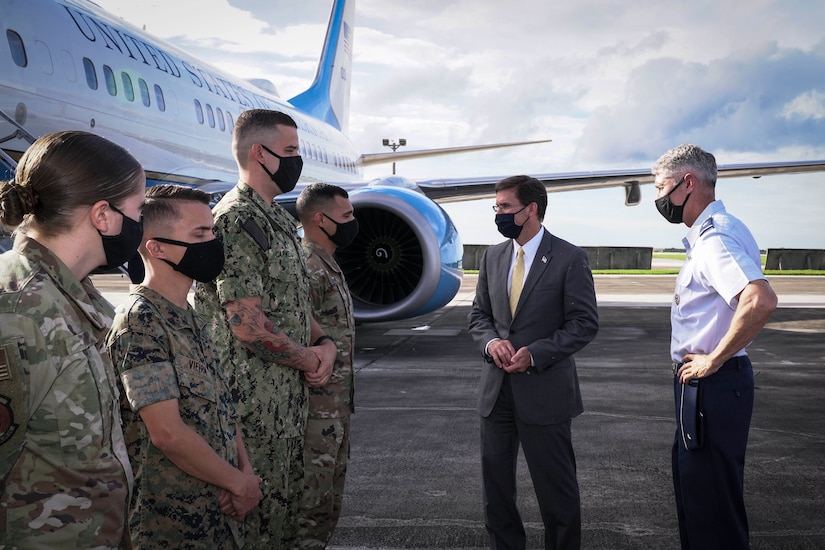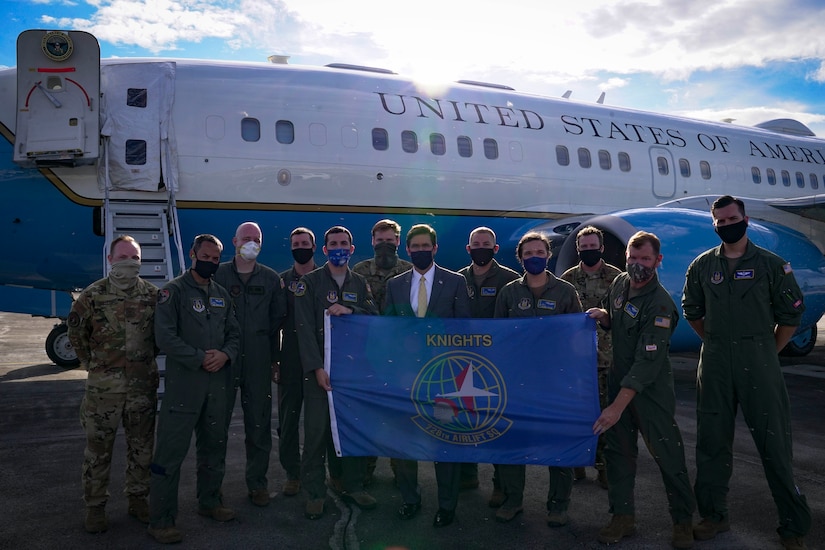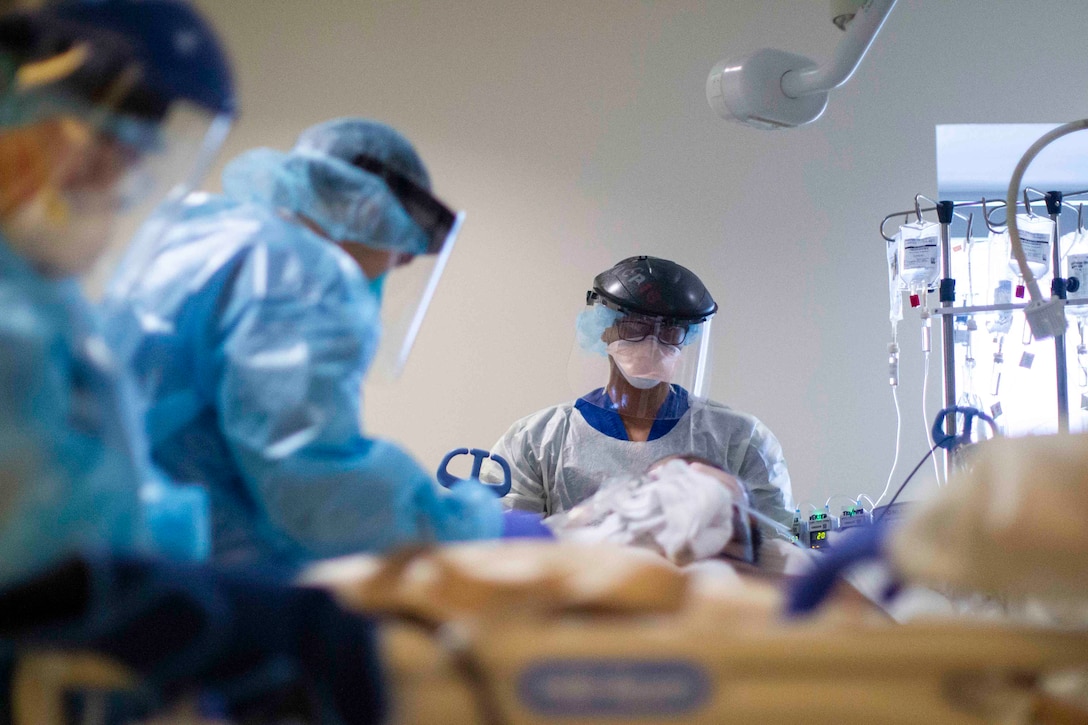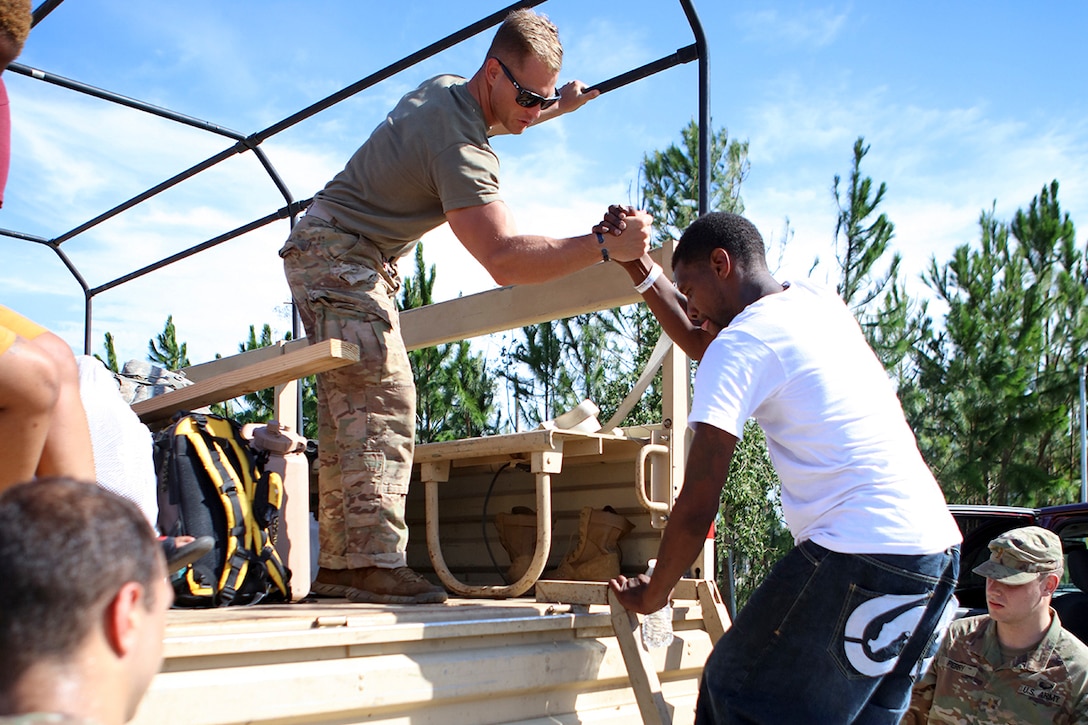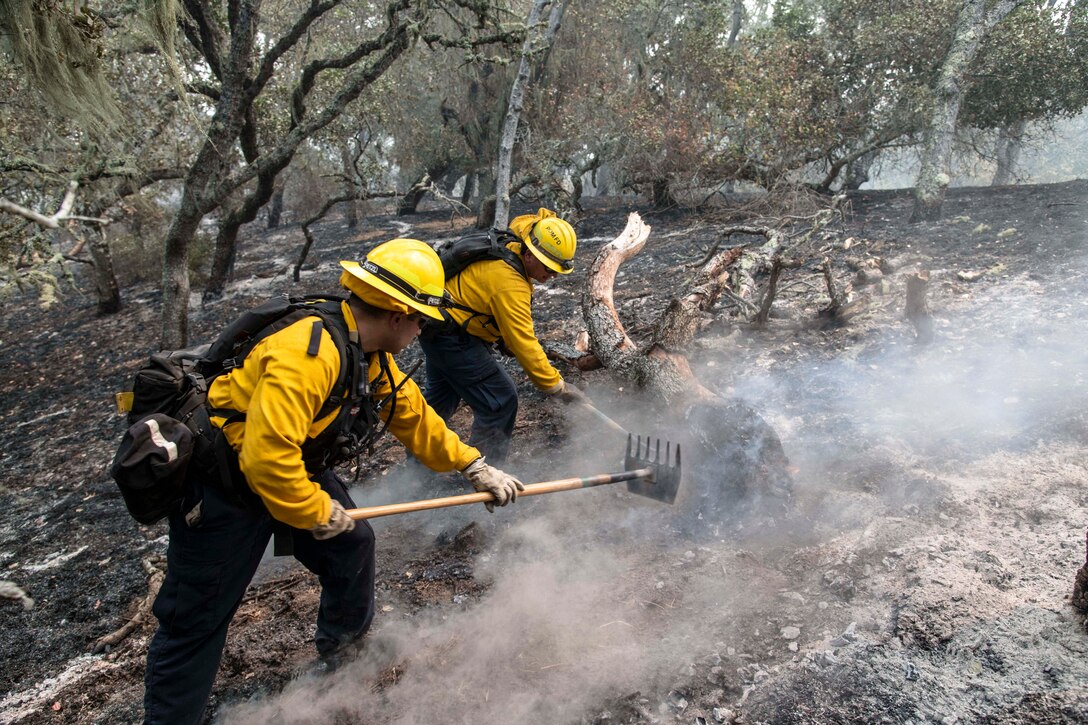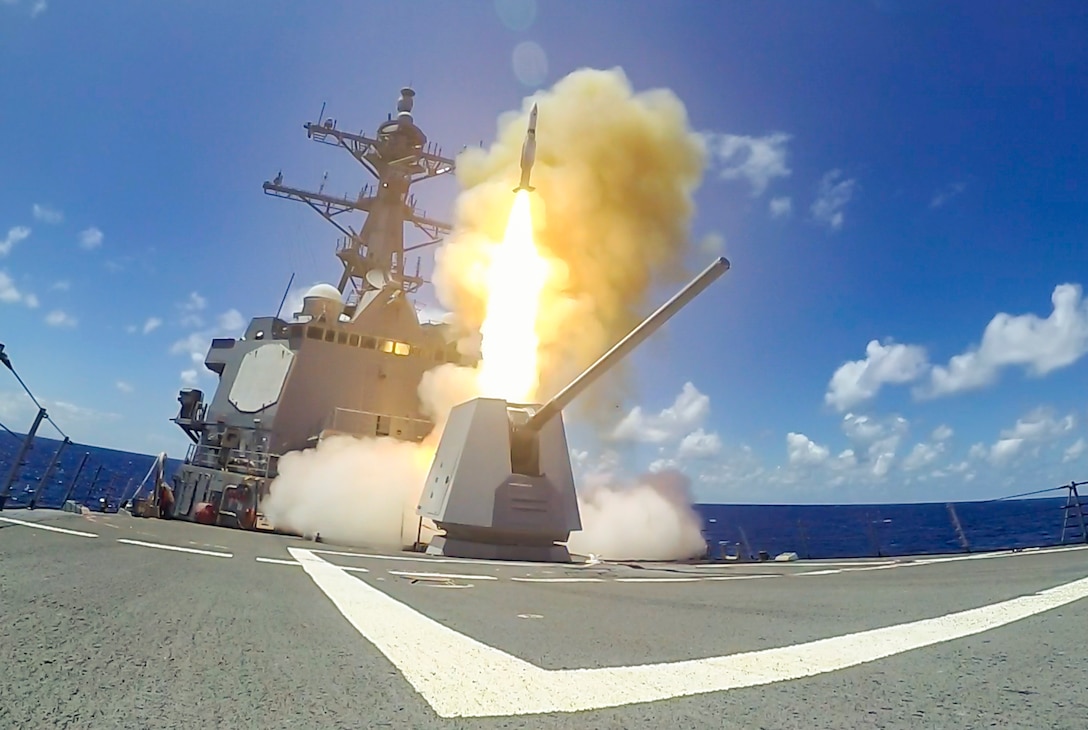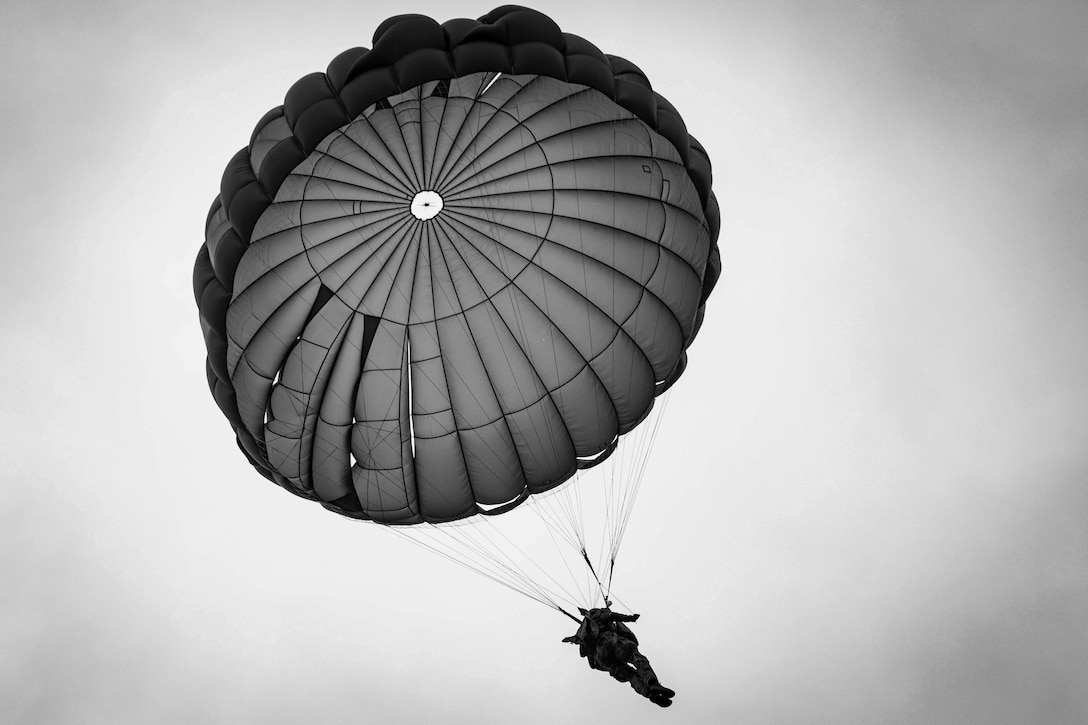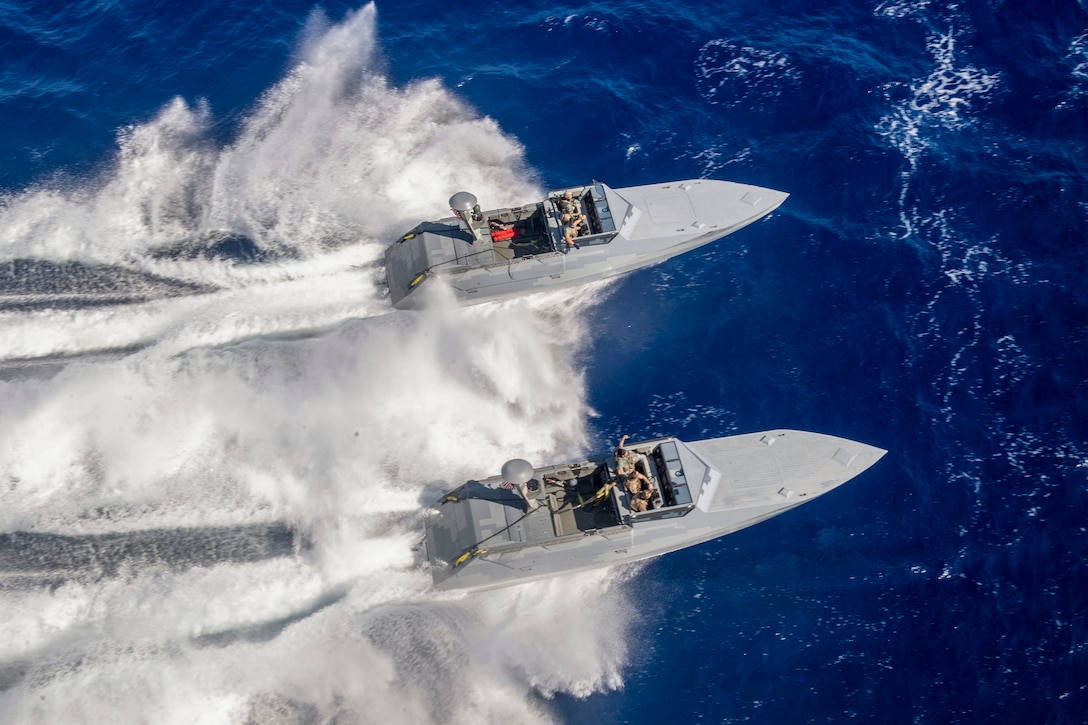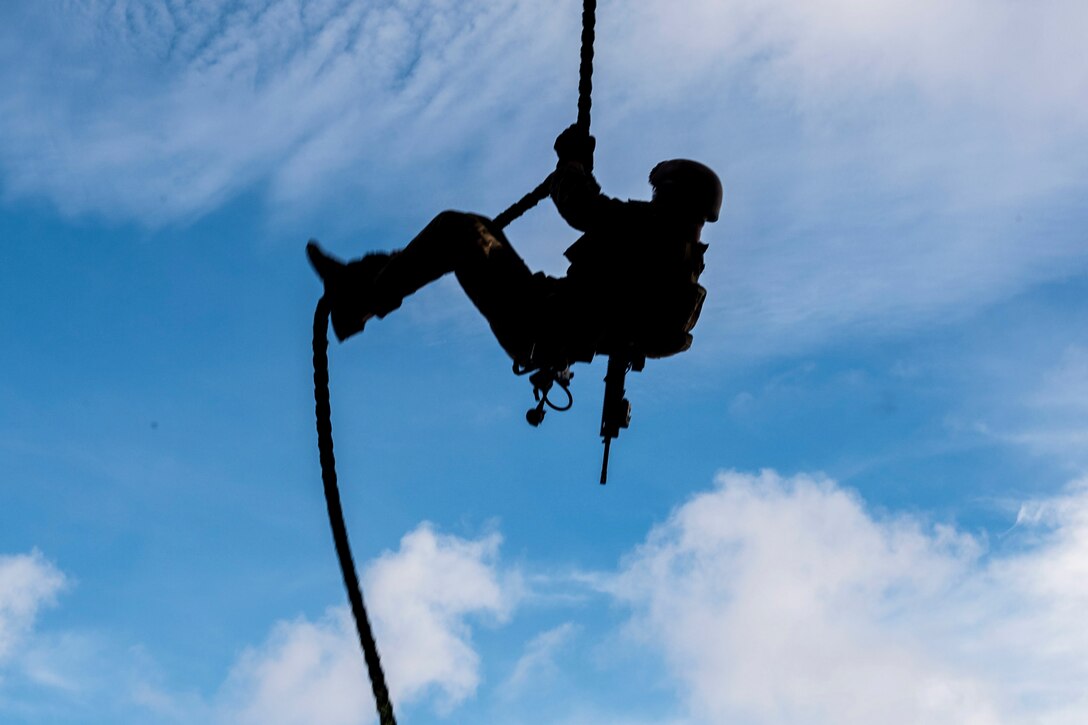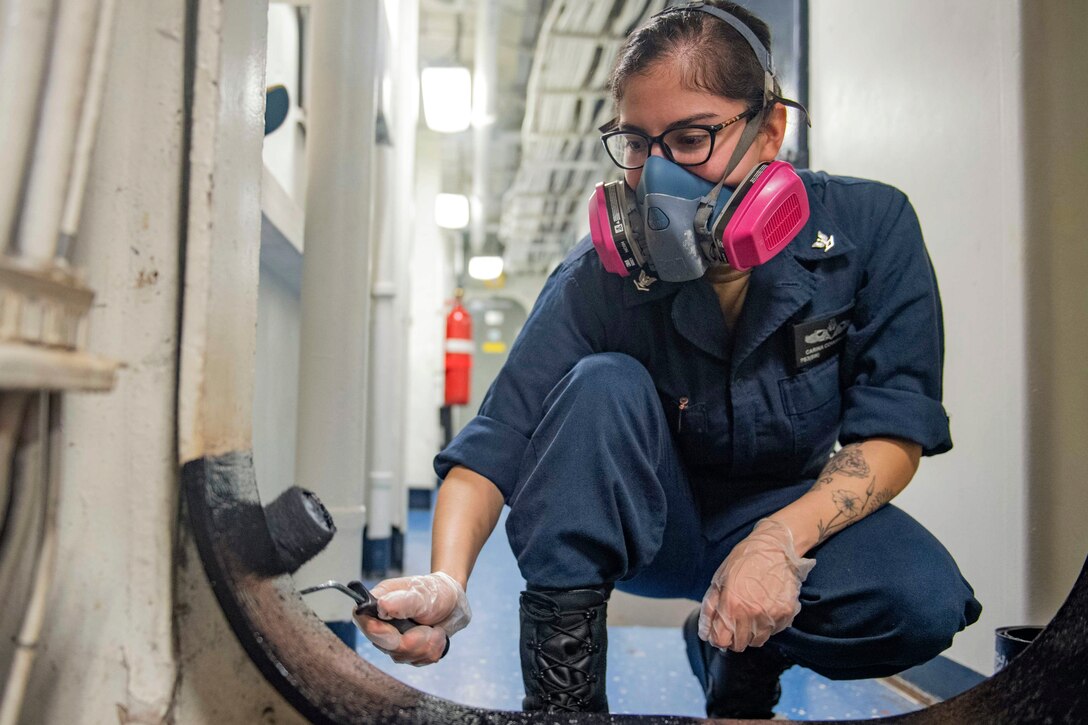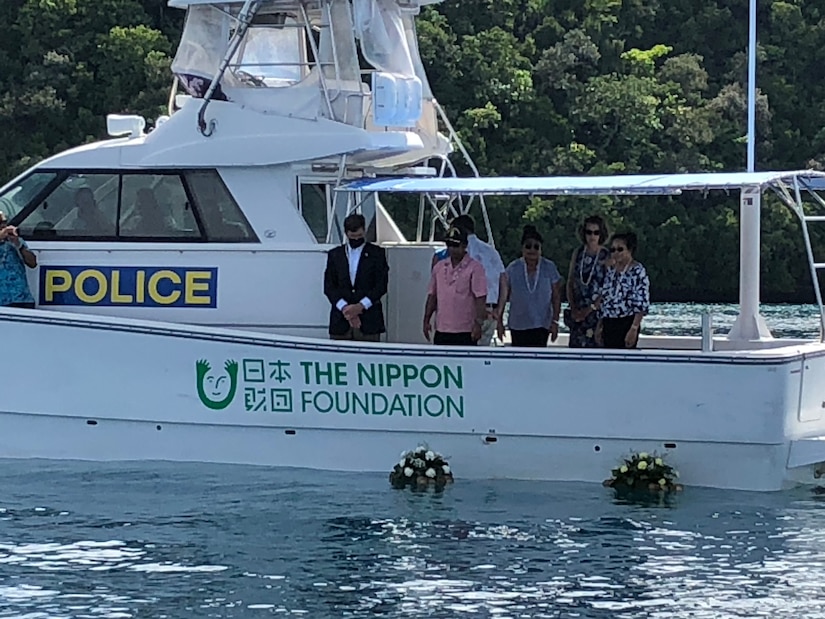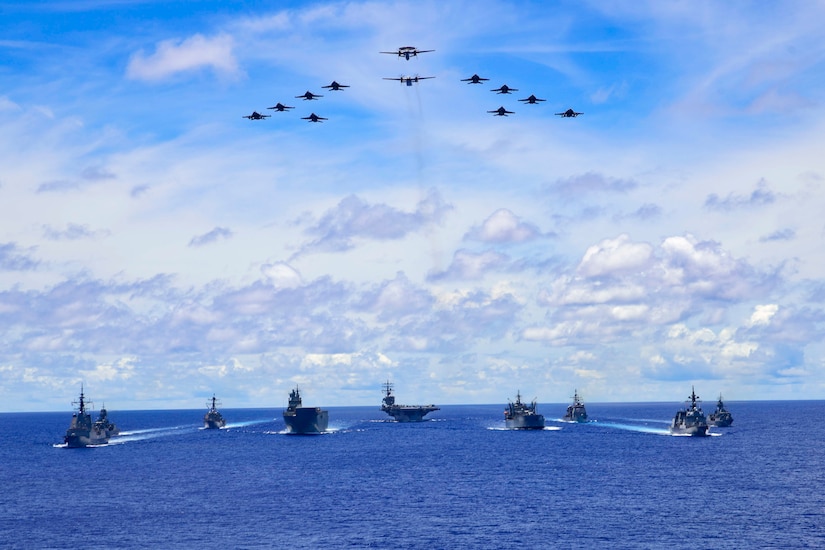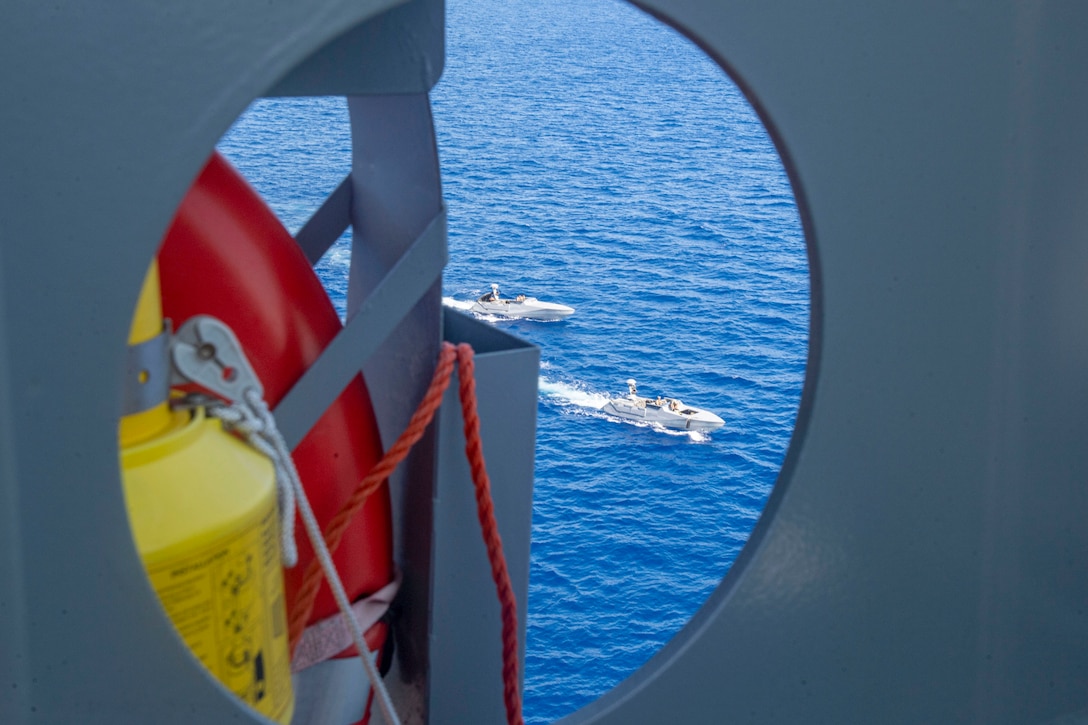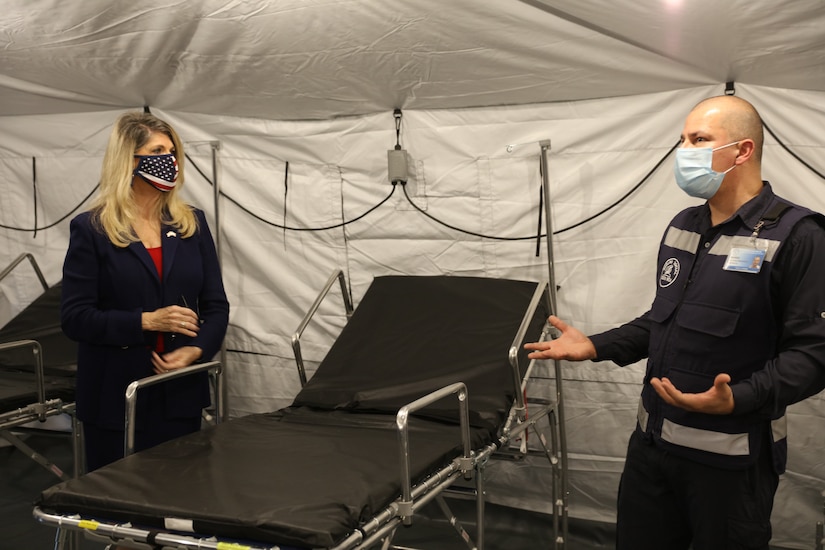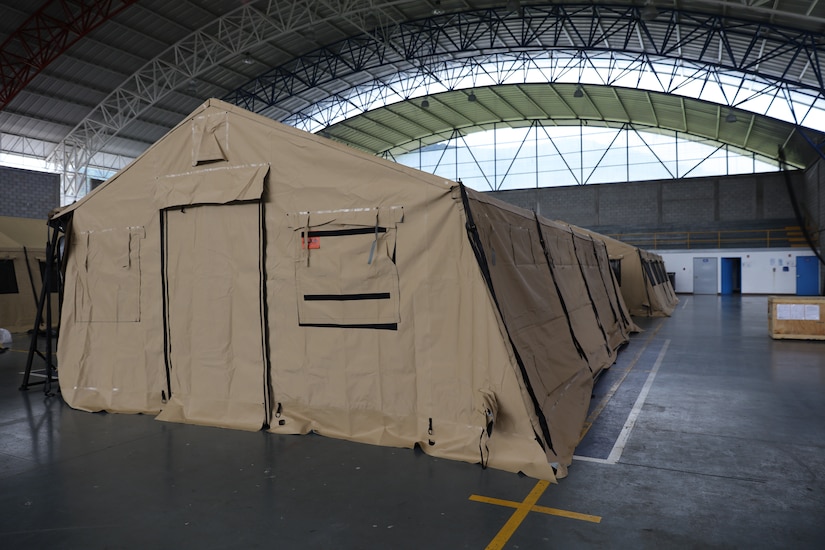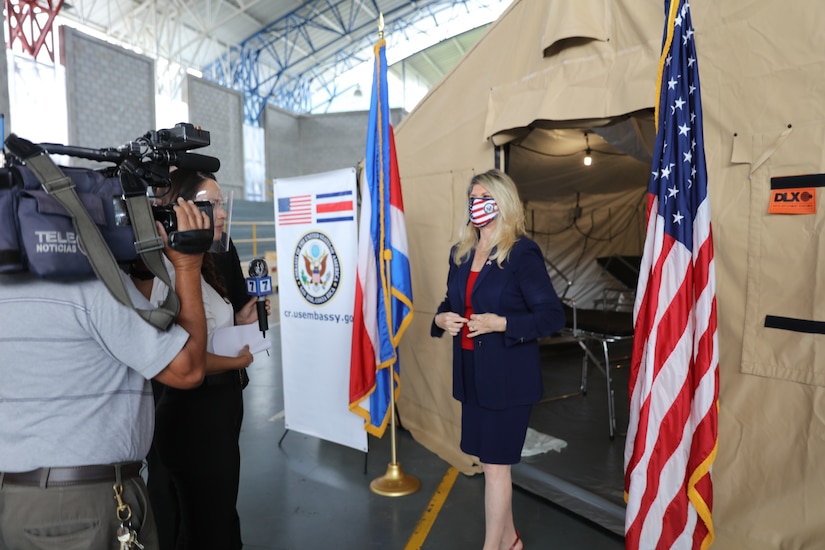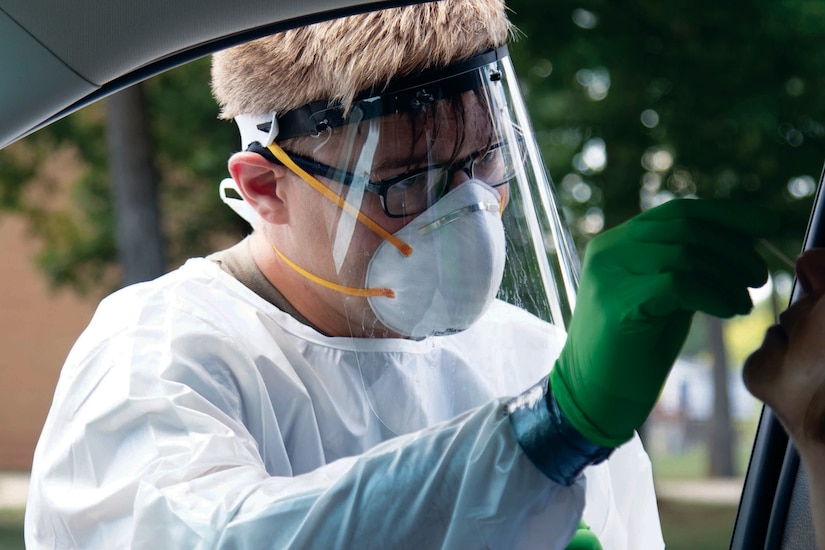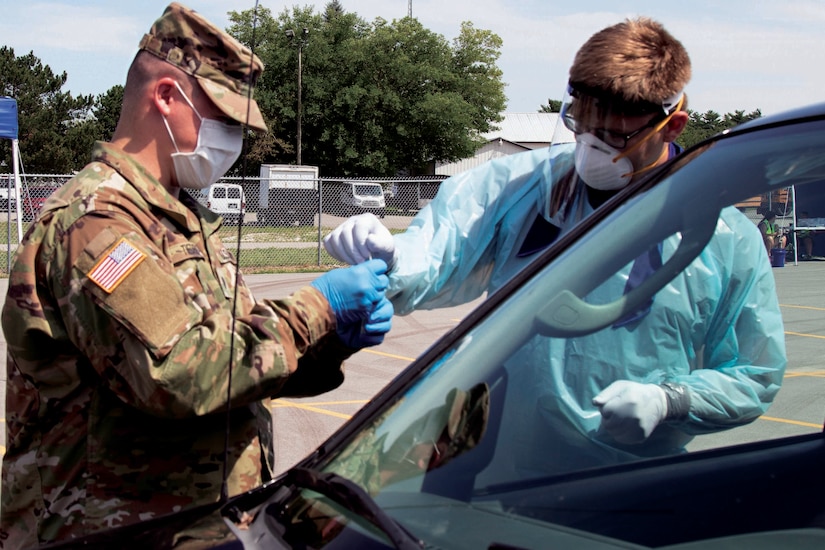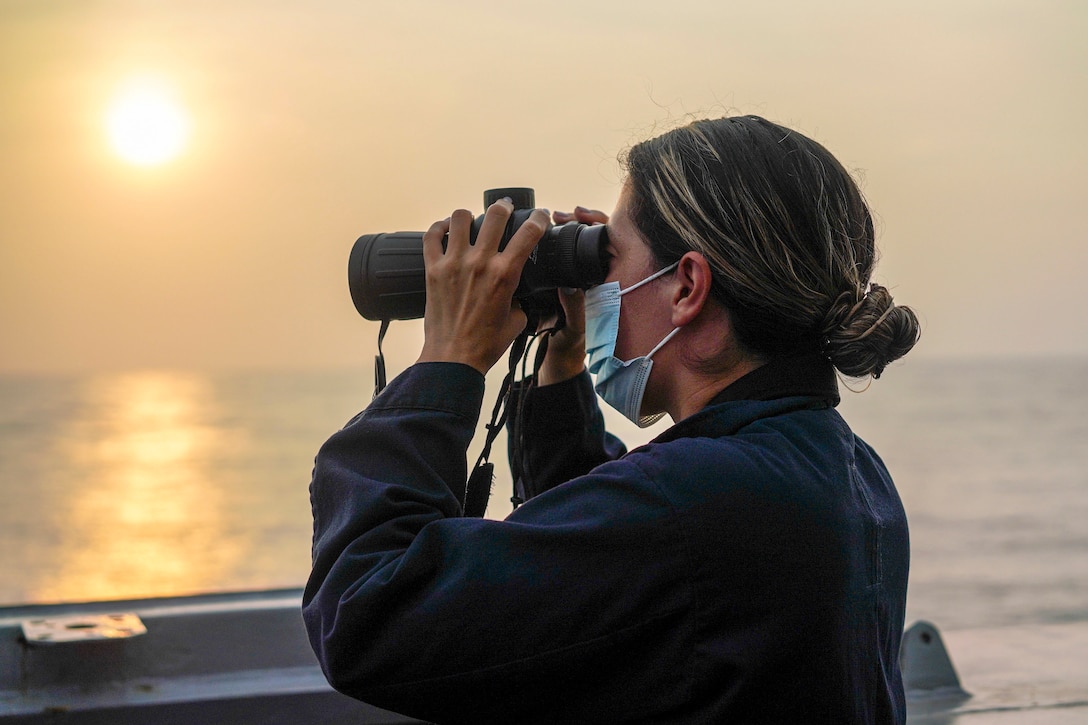Aug. 31, 2020 | , DOD News
- Indonesia received a shipment of 500 ventilators from the U.S. Agency for International Development, Aug. 30, 2020. The Air Mobility Command transported them from Travis Air Force Base, California, to Jakarta, Indonesia.
- USAID also contracted with Korean Airlines to airlift 250 ventilators from the United States to Indonesia last week.
- On July 21, 100 ventilators were delivered to Indonesia. A final shipment of 150 is expected to be delivered sometime in September, which will bring the total to 1,000.
Ventilators are an important clinical component in the treatment of many COVID-19 patients.
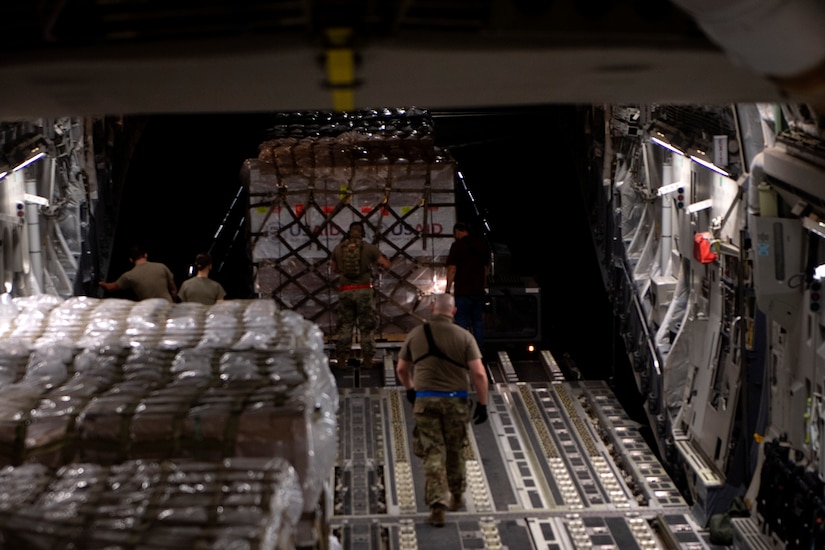
"The Department of Defense is pleased to support the delivery of ventilators to our close partners in Indonesia," said Reed Werner, deputy assistant secretary of defense for South and Southeast Asia.
The U.S. government's contribution of more than $12 million in COVID-19 assistance to Indonesia in addition to the 1,000 ventilators is testament to the strength of the relationship between the two countries, Werner said, adding that DOD's involvement in the shipment of the ventilators reflects the many ways the countries' militaries work together to advance shared interests.
Stephanie L. Hammond, acting special assistant to the deputy assistant secretary of defense for stability and humanitarian affairs, said: "The United States, through the generosity of the American people and the innovation of American private industry, is providing access to brand-new, high-quality ventilators to countries that urgently need them to fight COVID-19."
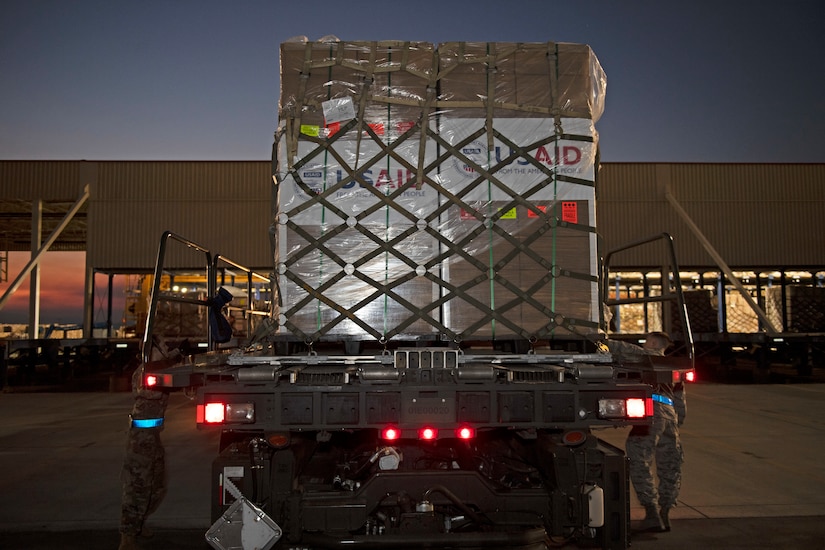
Ezra Cohen, acting assistant secretary of defense for special operations and low intensity conflict, added: "The Defense Department continues to play a key role in the global response to COVID-19. From the beginning of this pandemic, the department was quick to support our allies and partners through the provision and transport of life-saving medical equipment and humanitarian aid.
"We are now shifting our efforts to focus on sustainable preparedness and prevention activities. In addition to delivering ventilators to Indonesia, we are also helping set up isolation clinics and providing testing equipment and training to build public health capacity and to help prevent, detect and respond to infectious diseases."
Jennifer E. Smoak, DOD's assistant director of Disaster Relief Policy, said, "Helping people gain access to basic needs and build strong, healthy, stable communities is rewarding and, in part, why I answered the call to public service. As a working mother who helps others meet basic, humanitarian needs I am able to model for my daughter how to pursue a dream of helping others."
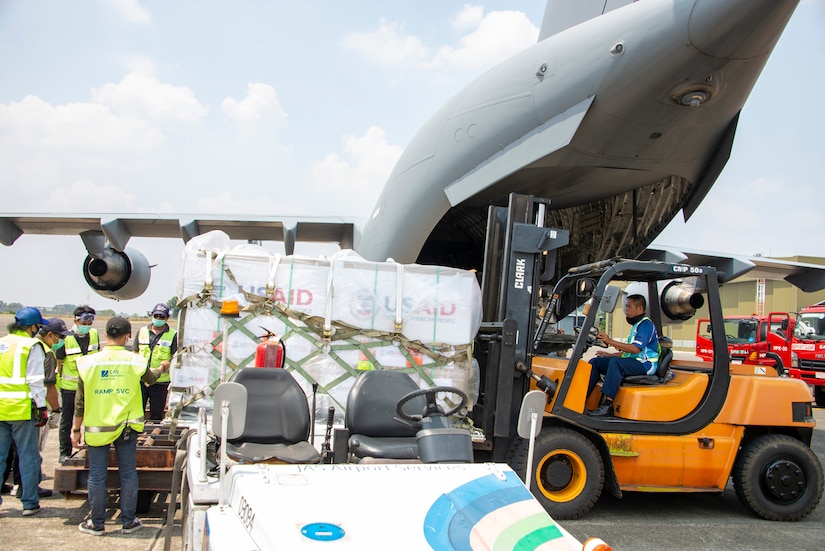
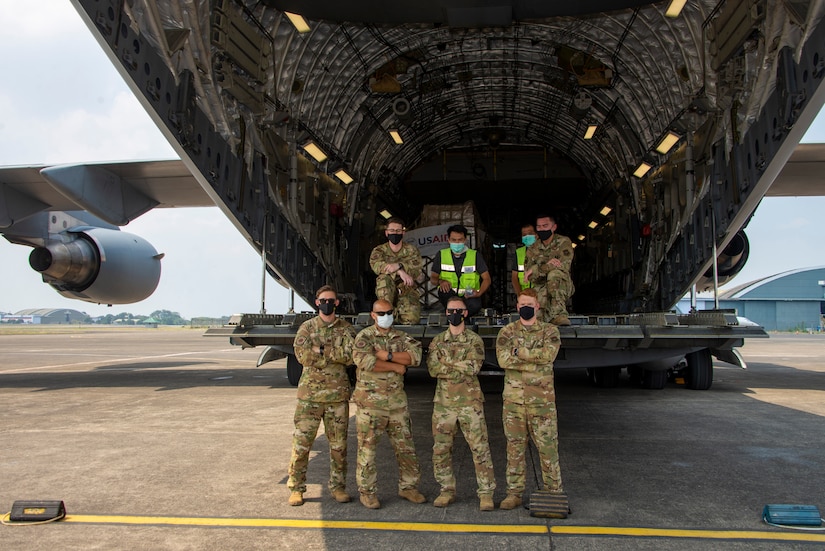
Before the flight to Indonesia, Air Force Maj. Roger Gates, a 21st Airlift Squadron pilot at Travis AFB who flew on this mission, said that since the ventilators are urgently needed by the Indonesian people, the Air Force is doing what it can to expedite the shipment in a safe manner.
"Each one of those machines has the possibility to save an individual's life. These ventilators may end up saving many lives," he said.
"The American people are very generous and industrious, even when they're also hurting from the pandemic," Gates said.
"I think that that is one of the best parts about being an American is that we are helping people out even when we're getting punched in the face with a tornado or hurricane or in this case a virus that's killing hundreds of thousands of people," he mentioned.

Last week, Gates' squadron was impacted by the California wildfires, and some squadron members' houses were burned. Despite that, he said the missions they were tasked with continued.
In concert with USAID and the State Department, DOD has so far provided more than $92 million in support for allies and partners' COVID-19 needs for testing, lab diagnostic support, preventative infection control, personal protective equipment, and the provision and transportation of humanitarian commodities. "This support has helped countries in every geographic combatant command build sustainable public health capacity," Smoak said.
For nearly 60 years, USAID and DOD have partnered to provide humanitarian assistance and disaster relief, and promote economic growth and stability around the world, she added.
